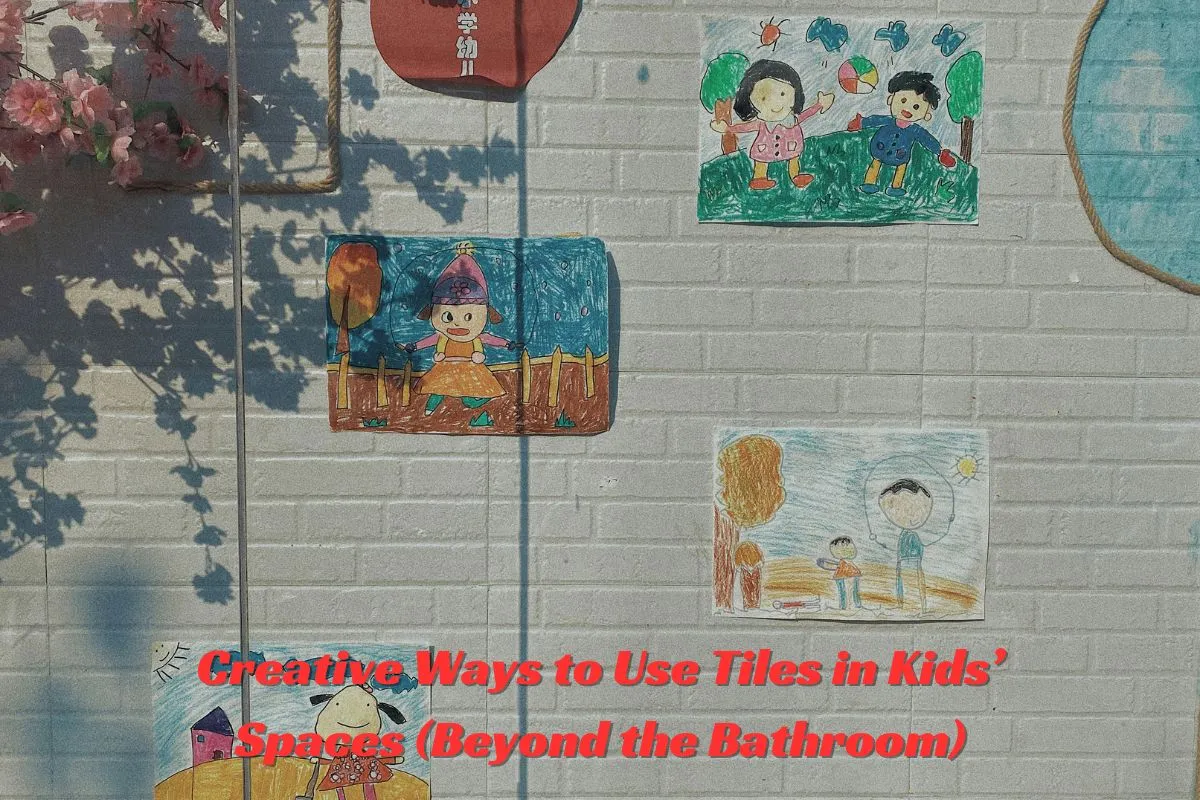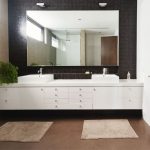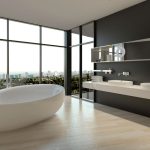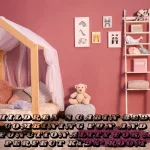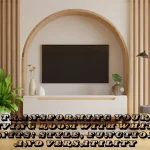When it comes to decorating kids’ rooms, tiles might not be the first material that comes to mind. They’ve long been relegated to bathrooms and kitchens—loved for their practicality, yes, but rarely considered a design feature in playrooms or bedrooms. That’s changing.
With the rise of colour-forward interiors and an emphasis on durable, sustainable materials, tiles are having a moment in children’s spaces—and we’re absolutely here for it.
At Rad Children’s Furniture, we believe that design for kids can be imaginative and elevated. It should be joyful, yes, but also resilient. Tiles tick both boxes beautifully. There is a wonderful selection of clè artisan tile options for kids’ rooms that combine charm and toughness—perfect for playful spaces that need to stand up to real life.
Whether you’re looking to add a whimsical wall detail, a mess-proof play zone, or a mini art gallery for tiny Picassos, tiles can bring colour, texture, and endless creativity into the mix.
1. Tiled Feature Walls with Personality
Why stick to wallpaper when you can go bolder? A tiled accent wall in a nursery or child’s bedroom can be a brilliant way to introduce pattern, colour, and a little tactile charm. Think geometric encaustic tiles in soft pastels or playful motifs in sunshine yellow or sky blue. Bonus: tiles are easy to wipe down, making them ideal for high-touch surfaces.
For a more natural aesthetic, consider handmade clay tiles or matte-finish ceramics in soothing tones—think blush, mint, or dove grey. These create an elegant backdrop that’s youthful without being juvenile, and grow gracefully with your child over the years.
2. Creative Headboards and Bed Frames
Want to create a showstopper focal point without investing in custom furniture? Tiling the wall behind your child’s bed can mimic the look of a built-in headboard. Use Moroccan zellige for an artisanal look, or try a herringbone layout in bold hues for a more playful vibe. You can even build a low, tiled frame around a floor bed—stylish, tactile, and perfect for Montessori-style bedrooms.
3. Durable Play Corners and Reading Nooks
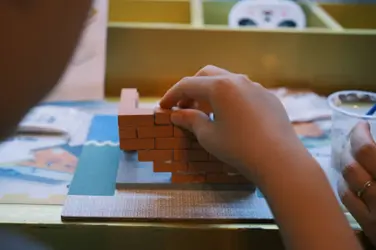
Let’s face it—kids are messy. Paint, crayons, snacks… it all ends up on the floor eventually. Tiling the lower half of a playroom wall or the floor of a reading nook creates a mess-resistant surface that’s easy to clean and hard-wearing. Pair it with soft furnishings like bean bags, floor cushions, and wall-mounted bookshelves to balance out the hardness of the tile with cosy textures.
Opt for tiles with interesting textures or slight colour variation to help hide inevitable smudges and fingerprints. Bonus points if the tile choice doubles as a colour-learning moment (“Can you find the tile that’s turquoise today?”).
4. Art Walls for Budding Creatives
Tired of blu-tack stains and peeling tape? Explore a tiled art wall. Cover a small section of a wall with glossy ceramic tiles and turn it into a mini gallery space. Kids can use suction hooks or mini adhesive clips to hang up their masterpieces—then change them out whenever inspiration strikes.
There are a lot of options available today that encourage your child’s imagination and creativity. Chalkboard or dry-erase tiles take this concept one step further, turning the wall into a literal canvas. Let them draw, erase, and draw again—without ever touching the paint job.
5. Interactive and Sensory Zones
Tiles aren’t just practical—they can be part of play, too. Mosaic tiles or penny rounds can create tactile walls that invite kids to trace patterns with their fingers. Use a mix of glossy and matte tiles to create contrast, or incorporate textured tiles shaped like animals, leaves, or stars for extra whimsy.
You could even install a low-height tiled bench or table top in a playroom or outdoor area where kids can play with water, clay, or other messy materials. The tiles handle it all—and look beautiful doing it.
6. Floors That Work Hard and Look Good
Tiles are perfect for areas that see a lot of foot traffic—think mudrooms, shared bedrooms, or indoor-outdoor transition zones. Choose slip-resistant tiles in fun shapes like hexagons or scallops to keep things child-friendly but stylish.
For a softer look, wood-look porcelain tiles offer the durability of ceramic with the warmth of natural timber, making them a great choice for creating a calm, Scandi-inspired children’s space.
A Few Design Tips to Keep in Mind
- Choose warm finishes: Tiles can feel cold, so balance them with rugs, curtains, or upholstered elements.
- Keep the palette playful but not overpowering: Think muted rainbows, soft greens, terracottas, or dusty blues.
- Mix materials: Pair tiles with wood, cane, or felt to keep the space feeling cosy and layered.
A Stylish, Sustainable Choice
At the end of the day, using tile in kids’ rooms is about combining practicality with playfulness. These materials can handle life’s little spills and scuffs, all while adding a touch of design savvy to your child’s world. Plus, many tile options are made from natural, sustainable materials—so you can feel good about your choices, too.
So if you’re dreaming up your next kids’ room refresh, don’t stop at paint and wallpaper. Think beyond the bathroom. Think tile.

